The the my.symbols and ms.image functions in the TeachingDemos package are one possible starting place. There is an example on the help page for ms.image that shows how to use the R logo as the plotting symbol. Currently it only does one image at a time, so you could either start with a blank plot and loop through the set of images, or a wrapper function can be written that takes a list of images and an indicator of which to plot. Here is a first stab at a wrapper function:
ms.image2 <- function(imgs, transpose=TRUE,
which=1, ...) {
ms.image(imgs[[which]], transpose=transpose, ...)
}
Then we can create a list of images with code like:
require(png)
img1 <- readPNG(system.file("img", "Rlogo.png", package="png"))
logos <- list( img1, img1[76:1,,], img1[,100:1,],
img1[76:1,100:1,], img1[,,c(3:1,4)])
These are all variations on the logo, but for your example you could pass a vector of file names of the .png files to lapply to produce a similar list.
Now we can run my.symbols like this (though obviously you will use real data rather than random numbers for the locations):
my.symbols( runif(10), runif(10), ms.image2,
MoreArgs=list(imgs=logos), which=rep(1:5,2),
inches=0.3, symb.plots=TRUE, add=FALSE)
And that produces a plot along the lines of your example:

Edit
For a speed up you can use rasterImage, here is some new code that ran in about half the time as the above (compared using microbenchmark):
ms.rasterImage <- function(imgs, which=1, ...) {
rasterImage(imgs[[which]], -1, -1, 1, 1)
}
logos2 <- list(as.raster(img1), as.raster(img1[76:1,,]),
as.raster(img1[,100:1,]),
as.raster(img1[76:1,100:1,]),
as.raster(img1[,,c(3:1,4)])
)
my.symbols( runif(10), runif(10), ms.rasterImage,
MoreArgs=list(imgs=logos2), which=rep(1:5,2),
inches=0.3, symb.plots=TRUE, add=FALSE)
And here is some code using ggplot2 based on the link in the comment above, but using the list of logos:
ggplot(mtcars, aes(mpg, wt)) +
mapply(function(xx, yy, i)
annotation_raster(logos[[i]], xmin=xx-1, xmax=xx+1, ymin=yy-0.2, ymax=yy+0.2),
mtcars$mpg, mtcars$wt, mtcars$gear-2)
And mainly for my curiosity, here are the timings:
> microbenchmark(
+ my.symbols( mtcars$mpg, mtcars$wt, ms.image2,
+ MoreArgs=list(imgs=logos), which=mtcars$gear-2,
+ inches=0.3, symb.plots=TRUE, add=FALSE),
+ my.symbols( mtcars$mpg, mtcars$wt, ms.rasterImage,
+ MoreArgs=list(imgs=logos2), which=mtcars$gear-2,
+ inches=0.3, symb.plots=TRUE, add=FALSE),
+ plot(ggplot(mtcars, aes(mpg, wt)) +
+ mapply(function(xx, yy, i)
+ annotation_raster(logos[[i]], xmin=xx-1, xmax=xx+1, ymin=yy-0.2, ymax=yy+0.2),
+ mtcars$mpg, mtcars$wt, mtcars$gear-2) )
+ )
Unit: milliseconds
min lq mean median uq max neval cld
ms.image 518.9137 530.5549 661.9333 545.3890 751.7116 1737.7430 100 b
ms.rasterImage 158.7097 162.4493 244.6673 171.6103 381.6499 544.1656 100 a
ggplot2 478.3005 606.3831 896.8793 772.7210 1359.8888 1714.5647 100 c


